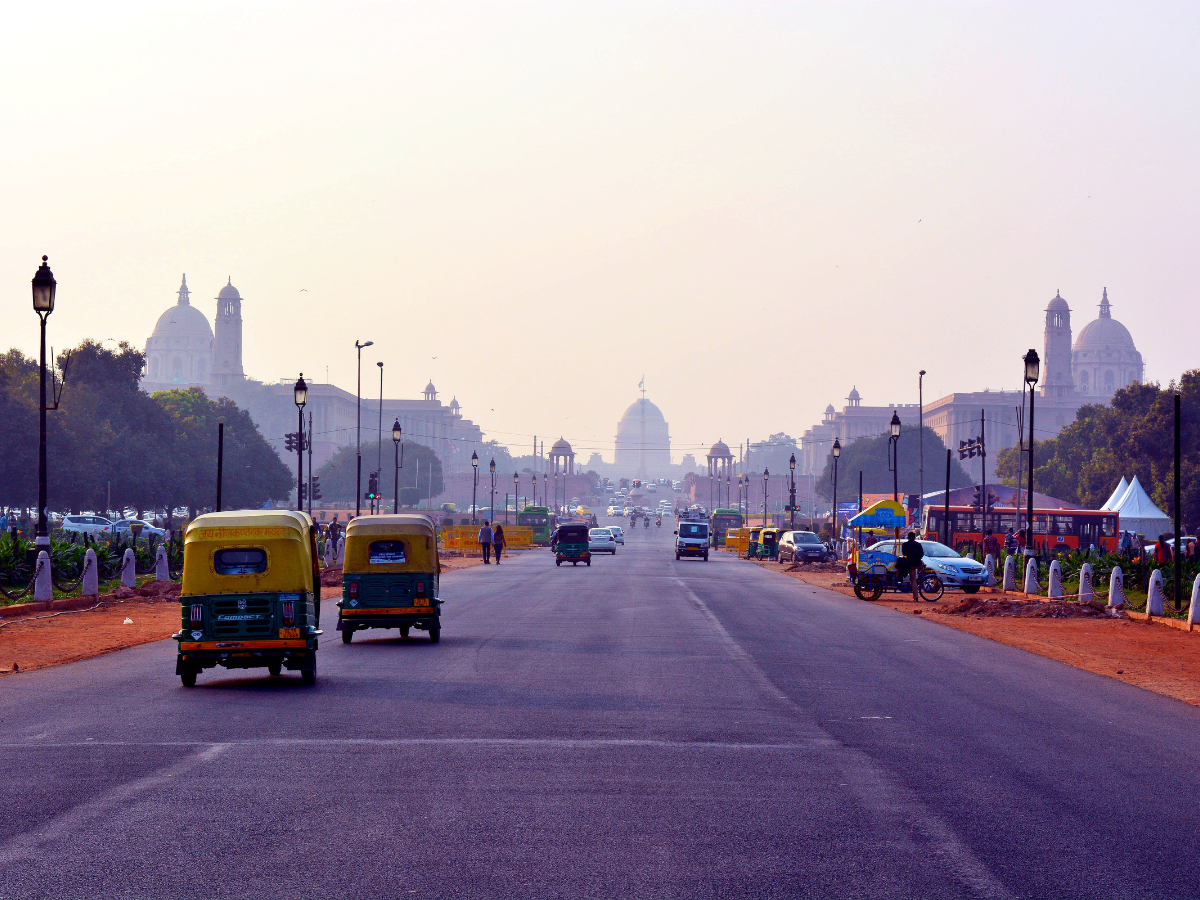
Delhi on Tuesday registered a minimum temperature of 6.9 degrees Celsius, slightly below the seasonal average, according to the India Meteorological Department.
The national capital is currently under the grip of cold day conditions, with dense fog prevalent in both morning and nighttime, the India Meteorological Department (IMD) said.
The IMD forecasts clear skies with the likelihood of moderate to dense fog persisting throughout the day.
Indian Railways reported delays of one to five hours for 28 trains bound for Delhi due to fog in various parts of northern India.
The foggy conditions also reduced the visibility in the region, which resulted in the delay and cancellation of flight operations from Delhi’s Indira Gandhi International Airport (IGIA).
Observatories at Safdarjung recorded visibility at 200 meters at 8:30 am, while Palam and Ayanagar reported 50 meters each, according to the weather office.
As per the data from the Central Pollution Control Board, the Air Quality Index (AQI) at 9:00 am was at 376.
The AQI scale categorizes values between zero and 50 as ‘good,’ 51 to 100 as ‘satisfactory,’ 101 to 200 as ‘moderate,’ 201 to 300 as ‘poor,’ 301 to 400 as ‘very poor,’ and 401 to 500 as ‘severe.’
The relative humidity was at 97 percent at 8:30 am, as per the IMD bulletin.
The maximum temperature is expected to reach around 18 degrees Celsius.
IMD data reveals that Delhi has witnessed five cold days and five coldwave days in January, marking the highest in the past 13 years. (With inputs from PTI)
A scientific committee has been constituted, which has already held meetings to recommend effective pollution-control…
He said NIA has the supervening power of taking over all the investigation, particularly in…
Delhi saw 14 murders in 15 days, with police expressing concern over the involvement of…
Vehicles without a valid PUC certificate will not be allowed to refuel at petrol pumps…
Six passengers from Bangkok were arrested at IGI Airport after customs seized over 48 kg…
Delhi Police arrest three men, a woman and a juvenile in Mukherjee Nagar stabbing; woman…